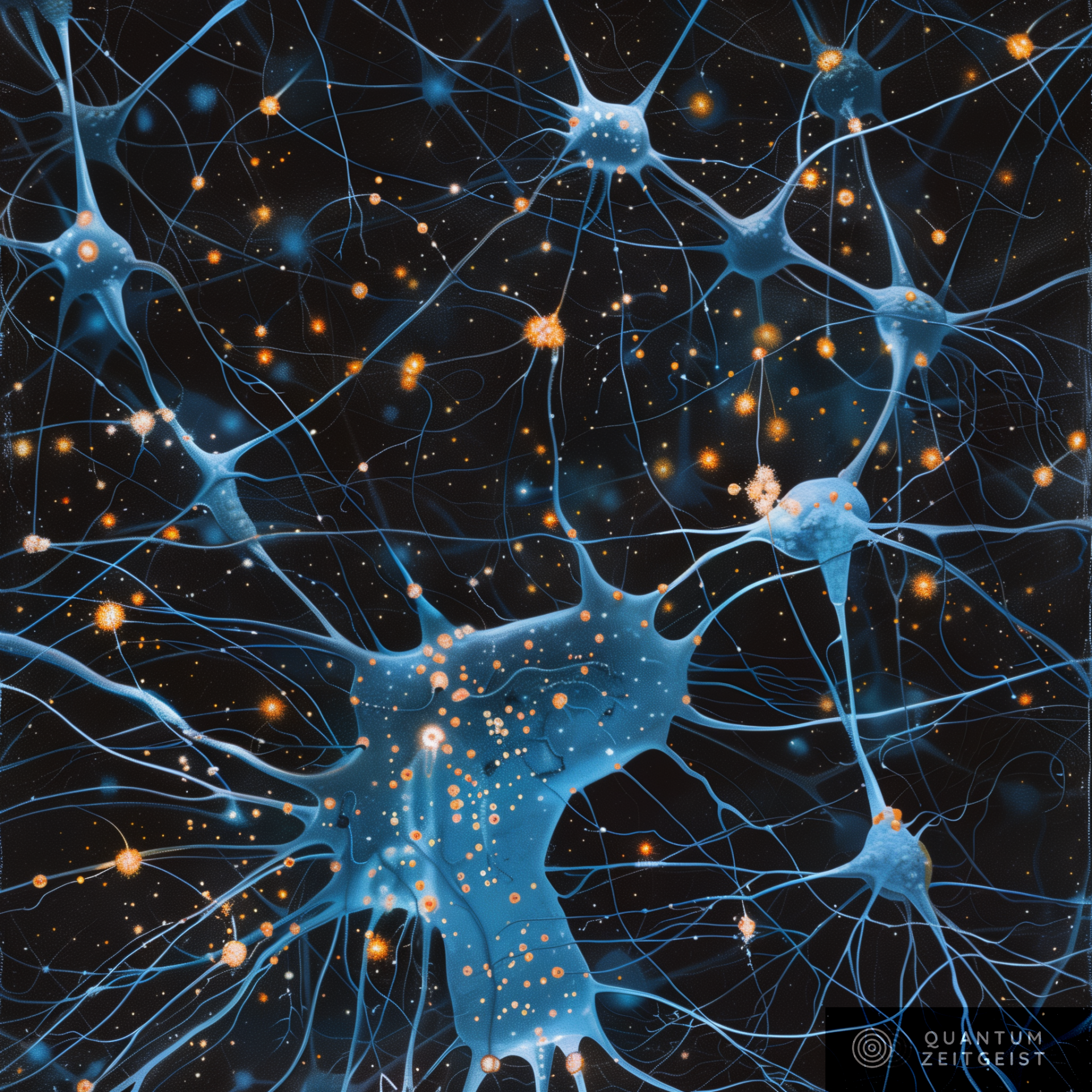John Preskill, a professor at the California Institute of Technology and an Amazon Scholar, has won the Bell Prize for his quantum computing and learning work. His research uses classical and quantum computing to learn from quantum experiments. Preskill’s work has been particularly influential in the field of quantum information processing. He has developed a method of translating complex quantum systems into a simpler classical description, which he refers to as a “classical shadow”. This work could potentially lead to advancements in quantum sensing and a new way of observing light from various sources.
John Preskill’s Quantum Computing Research Recognized with Prestigious Bell Prize
John Preskill, the Richard P. Feynman Professor of Theoretical Physics at the California Institute of Technology and an Amazon Scholar, has been awarded the John Stewart Bell Prize for Research on Fundamental Issues in Quantum Mechanics and Their Applications. The award, named after the European Organization for Nuclear Research (CERN) physicist John Bell, recognizes Preskill’s significant contributions to the field of quantum computing and information processing.
Preskill’s research focuses on the intersection of efficient learning and processing of quantum information in quantum computation. His work explores both classical and quantum techniques for using machine learning to deepen our understanding of quantum systems. This research has been instrumental in advancing our knowledge of quantum mechanics and its potential applications.
Quantum Learning: Classical and Quantum Machines
Preskill’s work can be broadly categorized into two areas: learning about the quantum world using classical machines and using quantum machines. The challenge lies in characterizing the state of a quantum computer with hundreds of quantum bits, or qubits, as the complete description grows exponentially with the number of qubits.
Preskill and his team developed a method of translating this complex quantum system into a succinct classical description, which they call a “classical shadow”. This involves conducting a relatively modest number of experiments that provide a description of the quantum system, from which many properties can be predicted. This approach is akin to taking snapshots of a three-dimensional object from different directions, projecting it onto two dimensions, and using these projections to understand the object’s geometry.
Quantum Learning and Machine Learning
The application of machine learning to understanding quantum systems is a burgeoning field. However, much of the current work is heuristic, with researchers trying different approaches in the hope of making accurate predictions. Preskill’s team aimed to provide rigorous performance guarantees, proving that a small number of snapshots can be used to generalize with a small error in some settings.
In the context of learning with quantum machines, Preskill’s team proposed a different approach. They suggested storing quantum data in a quantum memory and then performing a quantum computation on that data. The team demonstrated that for some properties of the quantum system, processing with a quantum computer is vastly more efficient than with a classical computer.
Quantum Learning: Practical Considerations and Applications
Preskill’s work also addresses practical considerations in quantum learning. For instance, the team found that it is not necessary to know what properties one wants to learn at the time of making the measurements. This makes the measurements required for creating a classical shadow experimentally feasible today.
The potential applications of this research are vast. One promising area is quantum sensing, where the technology could be used to observe light from a source and collect a many-photon state in a quantum memory. This would allow for collective measurements on multiple copies, potentially revealing information that would be missed with conventional methods.
Preskill’s Work and Bell’s Legacy
The Bell Prize is named after John Bell, who proposed an experiment to prove that measurements on entangled particles are interdependent, even if the particles are separated by enormous distances. Preskill’s work, which leverages quantum entanglement to perform more powerful computations and make new kinds of measurements, is very much in line with Bell’s legacy. It underscores the potential of quantum computing and its ability to handle highly entangled states of many qubits that cannot be represented classically.
External Link: Click Here For More

